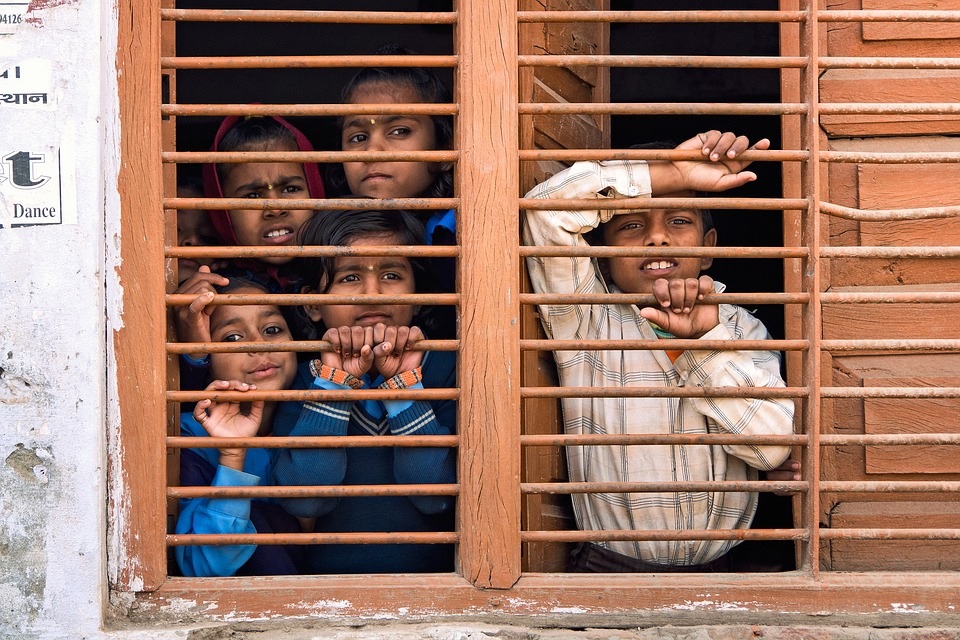
Post Lockdown norms for school: What more is needed?
In accordance with the WHO guidelines, the MHRD is drafting new directives of seating arrangements, mess and library rules etc. for schools once they reopen after the lockdown. It will be imperative to follow these guidelines for the larger effort to halt the risk of another Covid-19 outbreak.
According to the ministry, whenever the students return to classrooms, proper norms of social distancing should be followed for everyone to be safe, as there will still be risk of community spreading from schools. The Economic Times has reported the ministry’s officials as, "The guidelines will include a checklist and recommended measures to ensure student and staff safety. However, the COVID-19 situation in a particular area will also have to be kept in mind and the institutions will have flexibility to adapt to the guidelines accordingly."
To ensure a proper following of these guidelines, the government needs correct measures at place – irrespective of geographical locations- urban or rural. Otherwise, it will be impossible to serve the purpose, since people travel across cities and villages for livelihood. In fact, the government itself has mentioned, "The guidelines are being formed and will also be shared with states so they can prepare accordingly before reopening schools and colleges. Districts will be tasked with the implementation of the guidelines and certain spaces in the campuses will have to be revamped to ensure social distancing.” From its report the government seems to be aware of the problems, but we must make a quick check on if it is ready to face the challenge with the infrastructures it has in its hand.
India has an abysmal school infrastructure, according to the Annual Status of Education Report. Before that even the 2013-14 edition of the District Information System for Education (DISE) report shows that “the average class size—or students per classroom—in India across the levels of schooling was 42. States such as Bihar and Jharkhand have with an average of 78 and 67 students per classroom, respectively. Bihar’s secondary education facilities seem especially strained, with 97 students per class. Jharkhand has that issue in higher secondary education with 94 students per class.” It is quite easily understandable that with the numbers of students per classroom in hand, social distancing cannot be maintained.
In addition to that, The Parliamentary Standing Committee on Human Resource Development (HRD) has revealed another appalling condition of school infrastructures. According to the report it presented to the Rajya Sabha in March 2020, “just 56% of government school in India have electricity. States like Manipur and Madhya Pradesh are way below the national average; just 20% of government schools there have electricity.” These two are the reports prepared by the government appointed committees, which show the abysmal condition of Indian school education. It is indeed worrying for all the stakeholders to ponder whether India can ensure social distancing norms.
Nonetheless, there should be open deliberations to overcome the situation. On the one hand, this is a great opportunity for the government to shift education more online from physical classrooms. This will serve twin purposes – on the one hand, it will ensure that the norms of social distancing are properly followed in the schools. There on the other hand, making more online classrooms and building infrastructures will also fill the lacuna in traditional school education infrastructure – both in terms of accessibility of education and students in classroom.
Sources
https://www.deccanherald.com/opinion/second-edit/school-infrastructure-in-abysmal-state-812829.html







Leave Your Comments